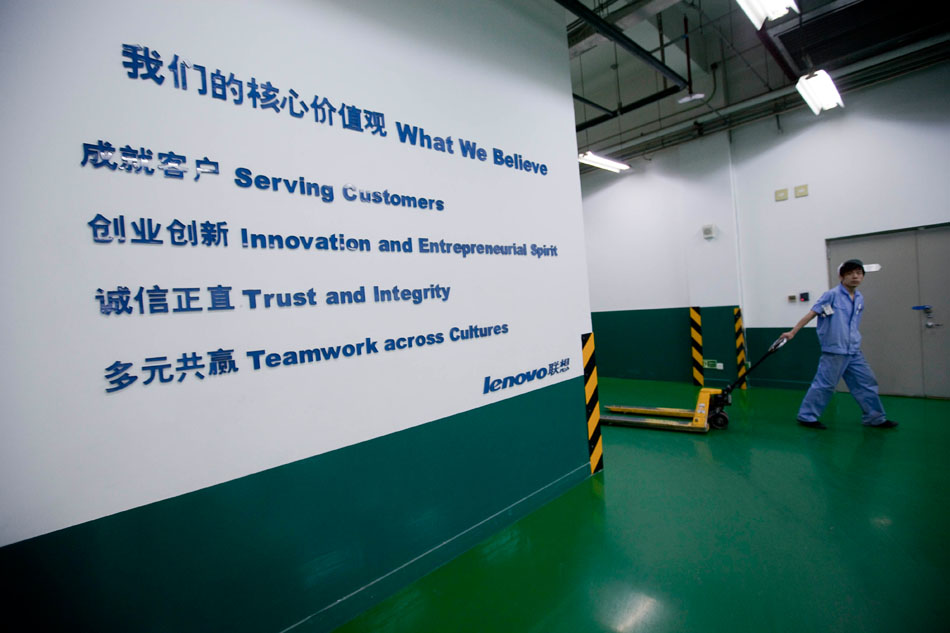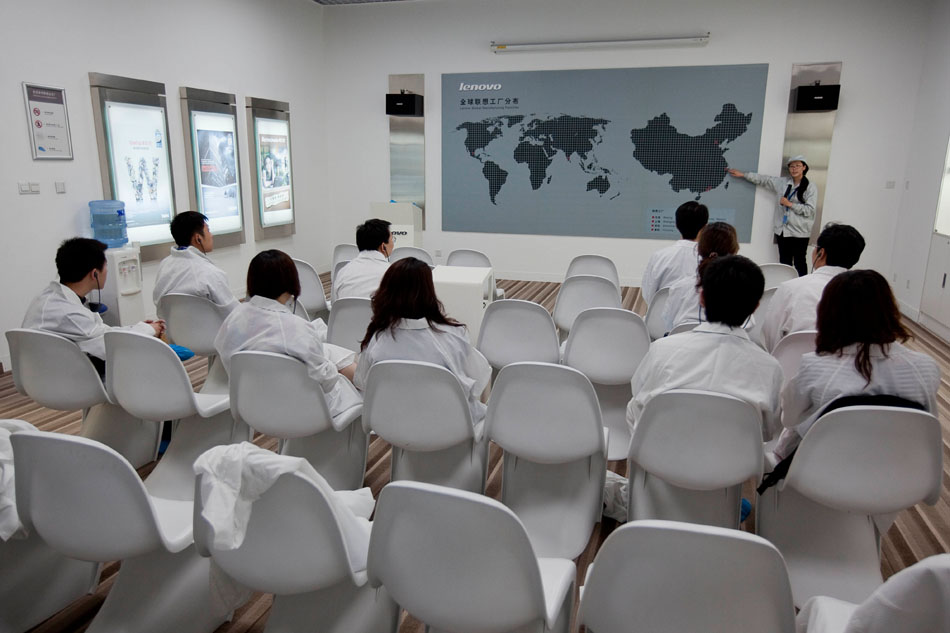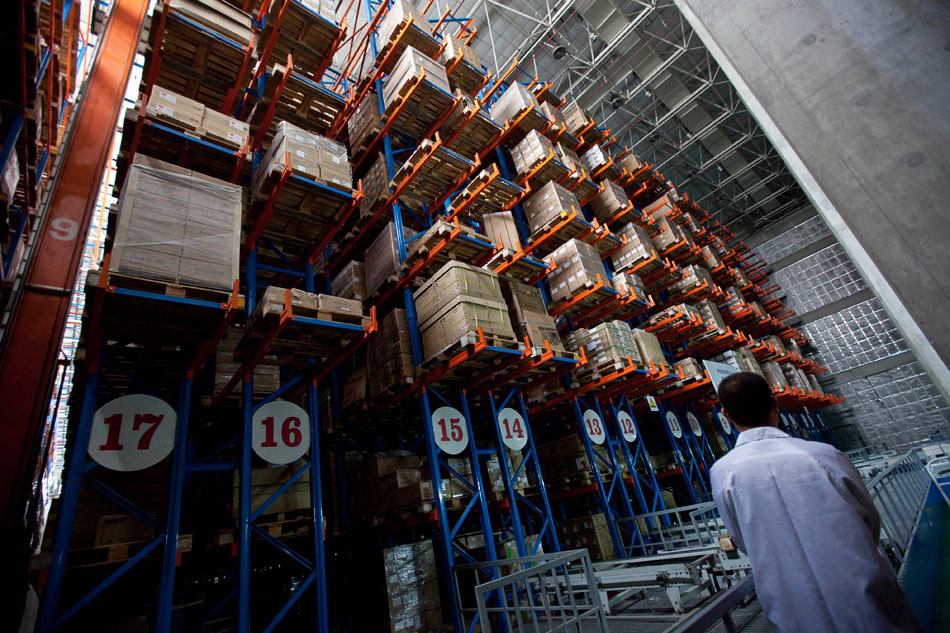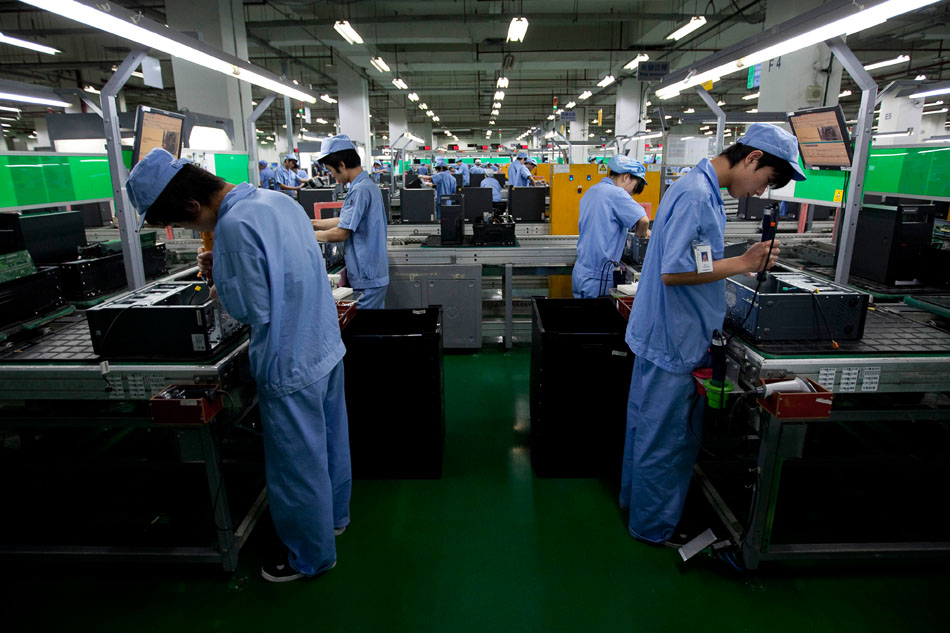Aug 28, 2010 | Architecture, Clippings, Development
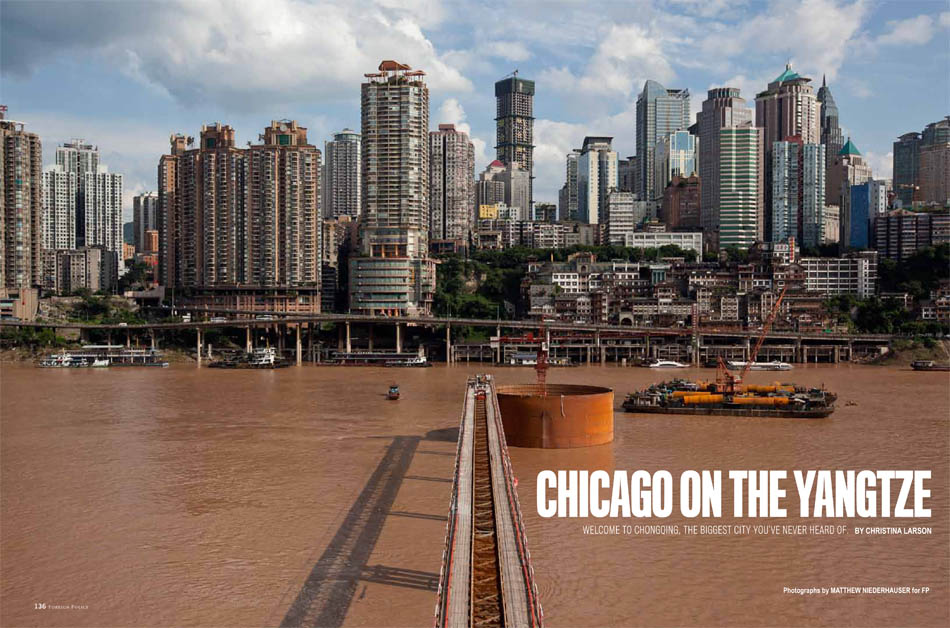
It seems that my recent photo essay on Chongqing for Foreign Policy is getting mixed up with a surge of attention focused on the fastest growing city in the world. Both James Fallows and Wired’s Raw File mentioned my work, and there is another excellent piece posted by Caixin entitled Chongqing’s Call to Urban Conversion. Chongqing is easily one of China’s (if not the world’s) greatest experiment in urbanization. How these fledgling city slickers decide to dwell in their newly minted megablocks will set new precedents for living standards across western China. It’s going to be interesting to see whether or not such rampant growth will hit a wall by 2020 when the population of the city center is supposed to reach up to 20 million people. Also, see fellow INSTITUTE artist Nadav Kandar’s photo essay Yangtze, The Long River – easily some of my favorite imagery of the beast that is Chongqing.
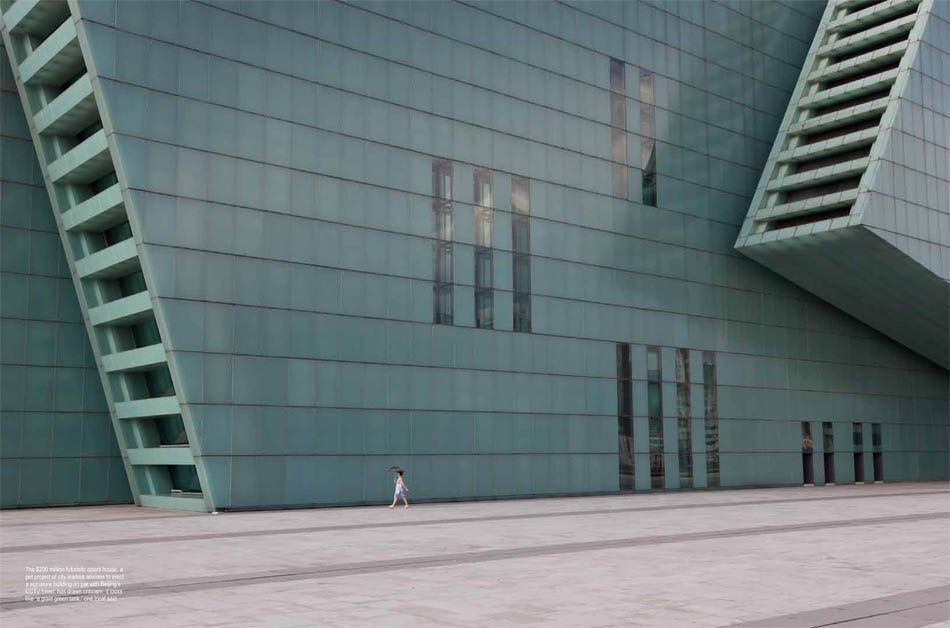
Jul 22, 2010 | Clippings, Development
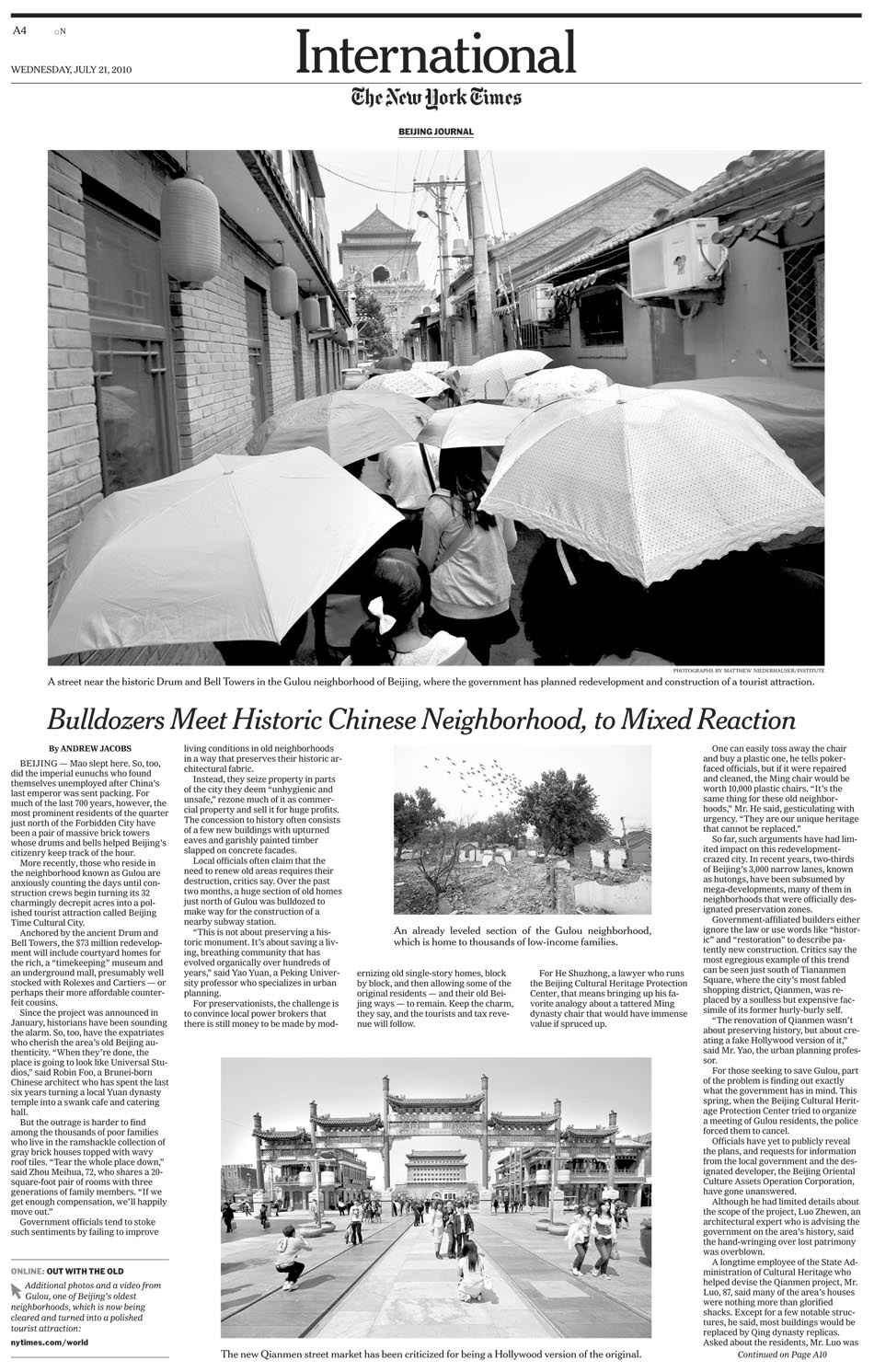
It is with great pleasure (and some sadness because of the topic) to announce the publication of my first collaboration with the New York Times. I shot both video and stills for a story concerning the upcoming redevelopment of Gulou, one of the last historic hutong neighborhoods in Beijing. Whenever I lived in Beijing over the past ten years, I always tried to locate myself in or around Gulou. It is one of my favorite places in the city and will be a great loss if the municipal government carries through with the project. Right now there are very few independent organizations that monitor and protect these hutong neighborhoods, but the best is the Beijing Cultural Heritage Project. However, with very little recourse for legal action, it seems that the developers will have their way in the long run. It is very hard to stop the juggernaut of urban development in China as city planners tend to have little care for or concept of historical preservation.
May 24, 2010 | Clippings
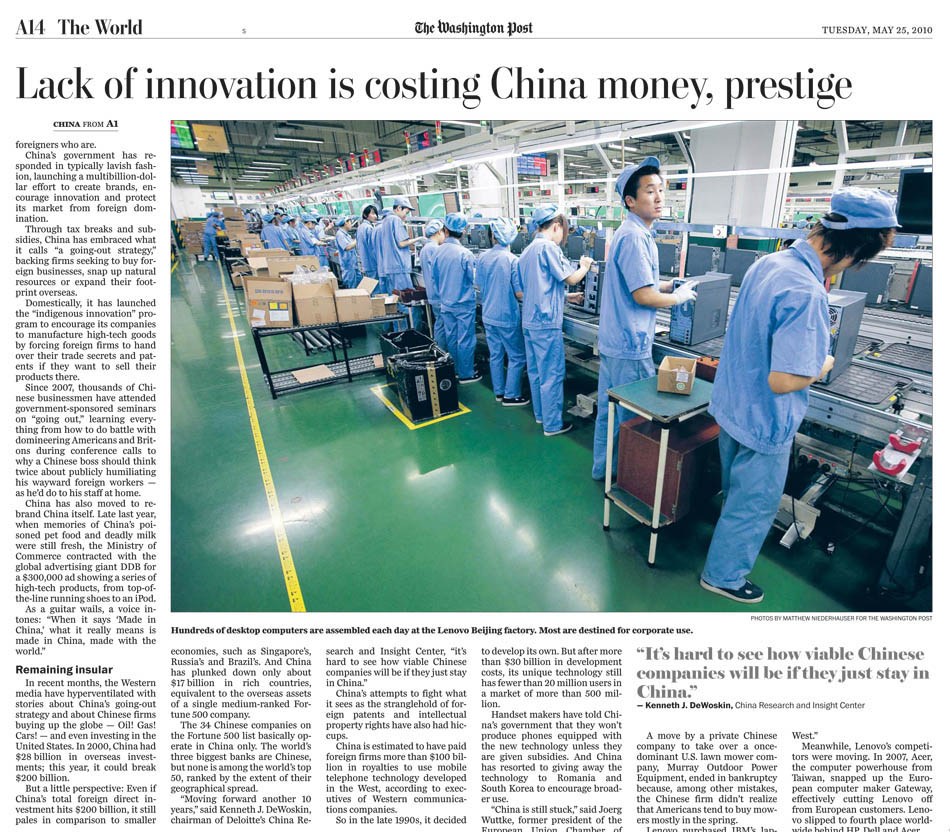
I got prime access to a Lenovo manufacturing factory for a Washington Post article on China’s efforts to create name-brand innovation and recognition globally. Although not as big as other assembly centers in Shanghai and Shenzhen, it still pumped out thousands of desktop computers on a daily basis.
